
A Palestinian man stands as Israeli forces destroy his family house.
Jerusalem, 30 Rabiul Awwal 1438/30 December 2016 (MINA) – The Israeli authorities demolished or seized 1,089 Palestinian-owned structures throughout the West Bank, including East Jerusalem, during 2016 displacing 1,593 Palestinians and affecting the livelihoods of another 7,101, WAFA said, citing a report of by the United Nations Office for the Coordination of Humanitarian Affairs (OCHA) published Thursday.
These are the highest West Bank demolition and displacement figures at least since OCHA started recording them in 2009, said the report on data collected up to December 26. The vast majority of these structures were destroyed or seized for lack of Israeli-issued building permits.
Also Read: Israeli Occupation Forces Kidnap Dozens of Palestinians in Raids Across West Bank
In the Gaza Strip, as of end November, some 51,000 Palestinians are still displaced after losing their homes in the 2014 Israeli military onslaught, down from approximately 90,000 during the second half of 2015. Most displaced families are dependent on temporary shelter assistance provided by humanitarian organizations.
OCHA said that 109 Palestinians and 13 Israelis were killed during the report period in attacks and clashes in the occupied Palestinian territory and Israel.
This represents a drop down from 169 Palestinian and 25 Israeli fatalities recorded during 2015.
Of the Palestinian fatalities this year, 80 were perpetrators or alleged perpetrators of attacks and attempted attacks against Israelis.
Also Read: Israeli Strike Kills Two Palestinian Children in Southern Gaza
OCHA also recorded 3,427 Palestinian and 205 Israeli injuries during the year, as of 26 December, compared with 15,477 and 304 injuries respectively in 2015.
About 95 per cent of the Palestinian injuries in 2016 were recorded in the West Bank, including East Jerusalem, the vast majority during demonstrations and clashes.
Similar to last year, about 58 per cent of the injuries resulted from tear gas inhalation requiring a medical intervention; 18 per cent from rubber, rubber-coated or sponge bullets; 16 per cent from live ammunition; and the rest from physical assault and other means.
Movement and access of people generally became more ed, said the report.
Also Read: Israel Continues Demolitions and Detonations in Jenin Refugee Camp for 314th Consecutive Day
The Israeli-controlled Erez (Beit Hanoun) crossing on Gaza’s northern border recorded a daily average of 531 exits of Palestinians during 2016 until 30 November, down from 602 daily exits in 2015 and the approximately 26,000 daily exits before the second Intifada started in September 2000.
Only certain categories of people, mainly medical and other humanitarian cases, merchants, and aid workers, are eligible for exit permits, subject to security checks.
Between January and October 2016, 66 per cent of the permit applications by Palestinian patients to travel via Erez for treatment outside Gaza were approved on time, down from 78 per cent during the same period in 2015.
Also Read: Israeli Occupation Authorities Expand Control Over Ibrahimi Mosque
Improved movement of goods
This year too, the Egyptian-controlled Rafah crossing opened on an exceptional basis only, recording a monthly average of 3,306 crossings in both directions until 30 November, down from a monthly average of 25,186 in 2013, before its closure, which was imposed in October 2014.
By contrast, OCHA recorded in 2016 some improvements in the movement of goods to and from Gaza. On average, 9,891 truckloads of goods have entered the Gaza Strip every month through Israeli crossings during 2016 until 30 November, up from 7,836 in 2015, but down from 11,176 in the first half of 2007, before the blockade was imposed.
An average of 166 truckloads exited the coastal enclave monthly, up from 113 a month in 2015 and down from 961 monthly in the first half of 2007.
Also Read: Violent Clashes Erupt in Jenin After Israeli Military Raid
Inside of the West Bank, OCHA recorded 472 movement obstacles as of mid-December 2016, including 44 permanently staffed checkpoints, 31 of them along the separation barrier, 52 partially staffed checkpoints, 180 earth mounds, 72 roadblocks, and 124 road gates, half of which are normally closed.
Although the cumulative number of obstacles is some 5 per cent higher than the equivalent figure by the end of 2015 (451), there are 15 fewer permanently staffed checkpoints than by the end of 2015, most of which were turned into partially staffed checkpoints, thus improving Palestinian movement through them.
Additionally, by the end of 2016 there were 110 obstacles deployed within the Israeli-controlled area of Hebron city. (T/RS05/RS01)
Mi’raj Islamic News Agency (MINA)
Also Read: Israel Continues to Block Aid into Gaza, Violating Ceasefire Agreement





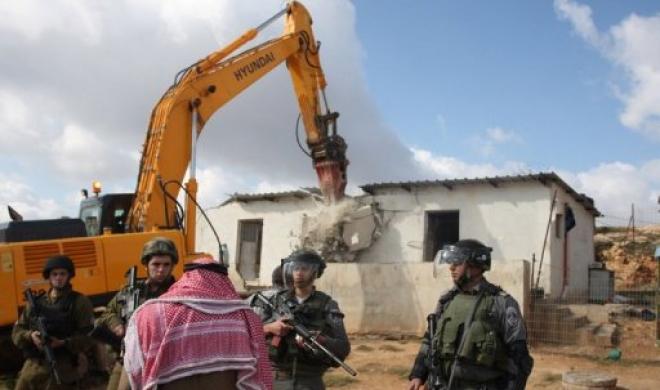



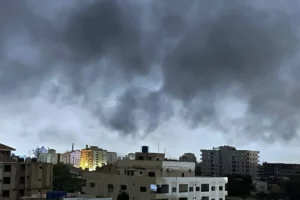
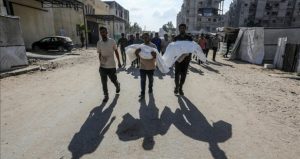
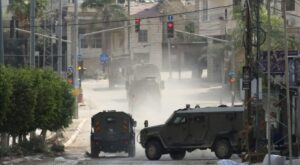

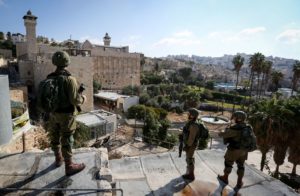

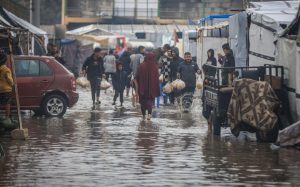

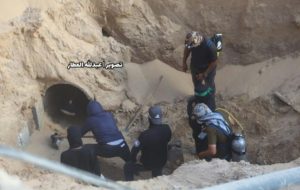
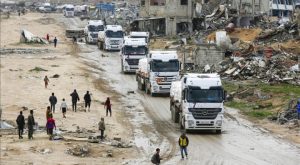
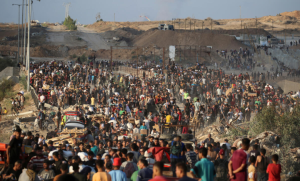











 Mina Indonesia
Mina Indonesia Mina Arabic
Mina Arabic